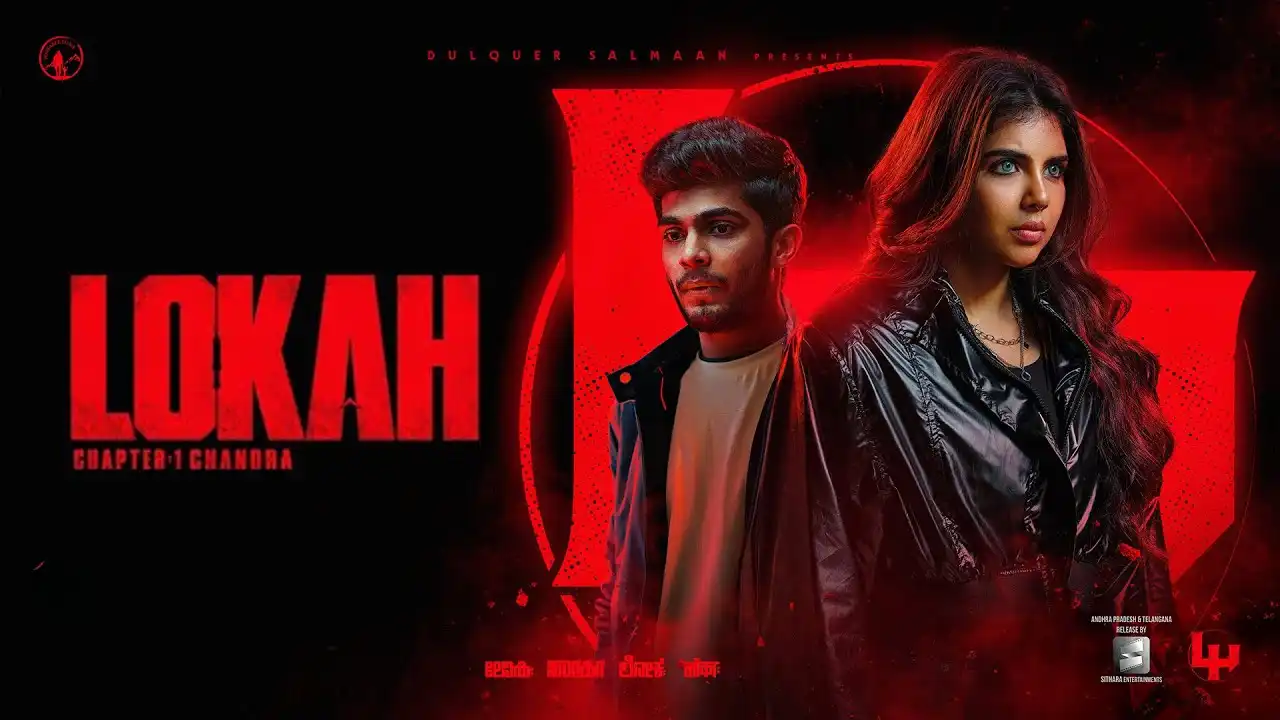This year, we have seen the release of the film adaptation of Scott Westerfeld’s Uglies, along with a myriad of expectations and buzz from fans of the young adult novel. However, what was meant to be an exciting adaptation by McG looks like a watered-down version of the original story, one in which the narrative is both hastily put together and strictly surface-deep.
Calling the novel Uglies too far-fetched would be unfair because this dystopian science fiction is based on the idea that superior looks define one’s life in the future; still, this message gets lost in the lack of proper implementation and unconvincing storyline.
The premise and world-building
In its essence, Uglies revolves around a society characterised by mandatory cosmetic surgery that every person goes through when they turn sixteen years old to become ‘pretty.’ La Toussaint is represented as a symbol of transitioning from one status or stage in life to another more favoured one and liberation from social oppression rooted in colour and body size bias. The film opens with an intriguing premise expressing the belief that beauty can eradicate social conflict. However, the implementation is weak. The world-building is weak, and people only wonder about the rationality of this type of society that has been depicted. Why would a society destroyed by resource depletion bother with the beauty of the world and not any other issue? The film also does not show sufficient answers, which results in a distance between the viewer and the film.
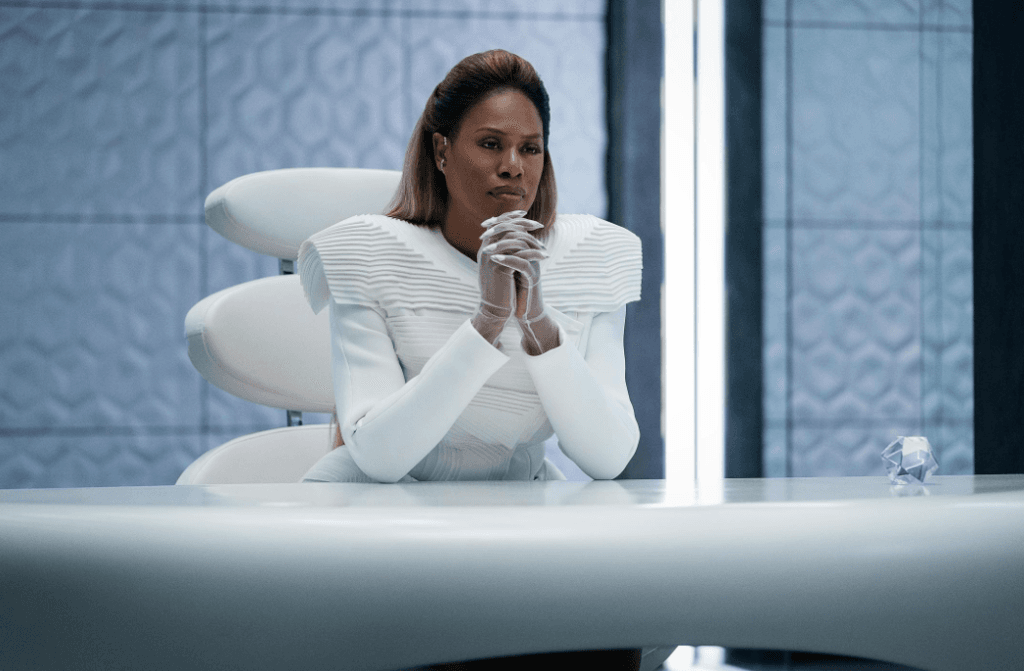
Even poorer here is the aspect of world-building, which is hampered not just by a failure to invest in depth but also by a screenplay that hardly cares for world-building when it is so enamoured by the idea of getting things moving. Characters and settings are launched into the play without fairly explored backgrounds, which makes the plot very confusing and messy. There are plenty of urgent moments in the case of the plot of the film; however, those are too many scenes that are rather episodic and have very little time allotted to them to truly discuss personality and evoke a fantastic feeling.
Character development and performances
The problem with the film seems to lie with its protagonist, Tally Youngblood, who is portrayed by Joey King. At first, Tally is simply a teenage girl struggling with her looks and her place in society, yet she becomes a mere mouthpiece for the film’s message rather than a distinct character. They turn from being an active member of the cosmetic surgery culture into a rebel opposing these norms without enough reason. This change of heart occurs after a brief conversation with her friend Shay (Brianne Tju), which still sounds far too easy to be believable.
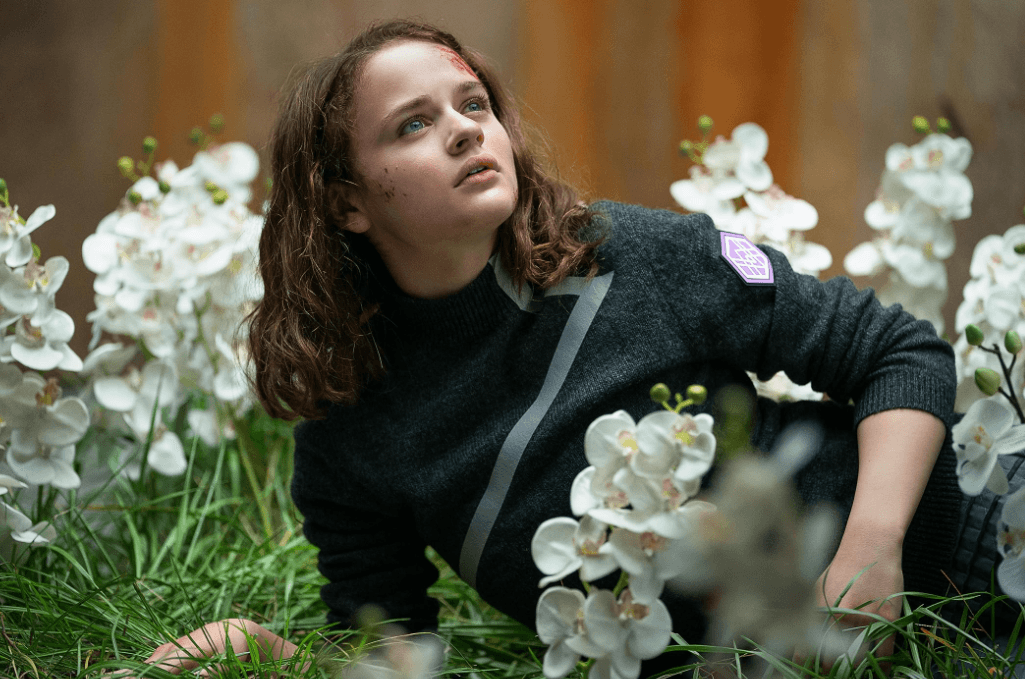
However, the other characters aren’t developed as complexly as the main characters either. It is with admiration that, despite the friendship that Tally had with Shay, the film has some nice scenes of warmth and caring, but they seem more like an interruption and in a pace that is much too rushed for much dramatic tension. Keith Powers as David, the leader of The Smoke, rebels is also insufficient; his character does not have enough depth to make Tally doubt the rebels’ goal.
Cosplay can be considered serving neatly into the critique of Laverne Cox as the villainous Dr. Cable within the show, who is monitoring cosmetic surgeries. But on the other hand, her character is too flat and thus does not deal adequately with the controversies of these issues. The acting as a whole is stilted, and the script also seems to avoid allowing for a real character examination to take place.
Themes and messages
Beauty and body image are topical issues presented lushly throughout the book, and one of Uglies’ goals is to show the reader the need to love oneself regardless of one’s appearance. However, this is somewhat lost amidst what we might best describe as the cinematic narrative disorder. Despite addressing topics such as body image and climate change, all of which are valuable, these themes are developed so thinly that this approach cannot serve as an invitation to meaningful participation. The film is clear on this message, but its dialogues greatly counter the message it seeks to pass in one scene while embracing it in the other.
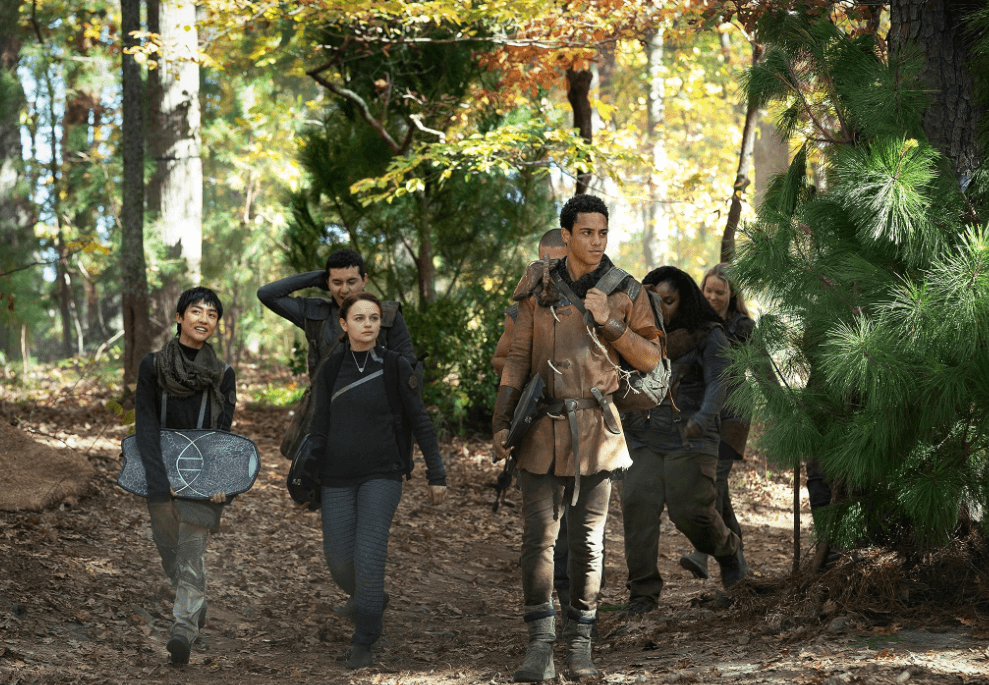
For instance, when the characters coordinate low blows to one another in the form of words describing mouth, hair, or skin/Bruce’s freckles are “ugly” to even rebels, the film mirrors the vice it pretends to condemn. This creates controversy, and the audience will begin to doubt whether Uglies is genuinely for empowering them and encouraging them to embrace their body or if it is just going through the motions.
Moreover, despite nice shades of the teenage rebellion against conformity that Tally undergoes throughout the film, the overall attempt does not seem ambitious enough. It enshrouds the plot; areas that should make the audience scream or look at the watch seem to be monotonous because of inadequate speed and nearly unnoticeable physical combat.
Technical execution of Uglies
As for Uglies, there are a lot of problems with visualisation and the formation of the environment, which will be interesting for readers. Some of the components in this science fiction film seem fake and were actually created using some substandard tools that do not match the needed artistic outlook for the film. These brightened images are not used appropriately as supplements to the storyline; they function as objects that remove the audience from the story. The environments that have been created are somewhat artificial, and thus the reader is somewhat removed from the experiences of those characters.

Furthermore, there is an inconsistency of tone or mood in the majority of McG’s direction. Most scenes aiming to depict urgency, or any other scenes with high tension or that would require viewers’ emotional involvement, do not engage the audience in Tally’s fate. Failure to observe the pacing not only leads to a story that is a sequence of the event but a story that has very little flow.
Uglies: A missed opportunity
Thus, it would be correct to state that Uglies could have been a truly profound work, where goal and setting converge to create a new perspective for evaluating the problem of beauty standards, identity, and other social pressures. Despite being set in modern times and dealing with issues that are important to young people, failure to develop characters, and giving out two different pictures of the same message, technical flaws kill the film.
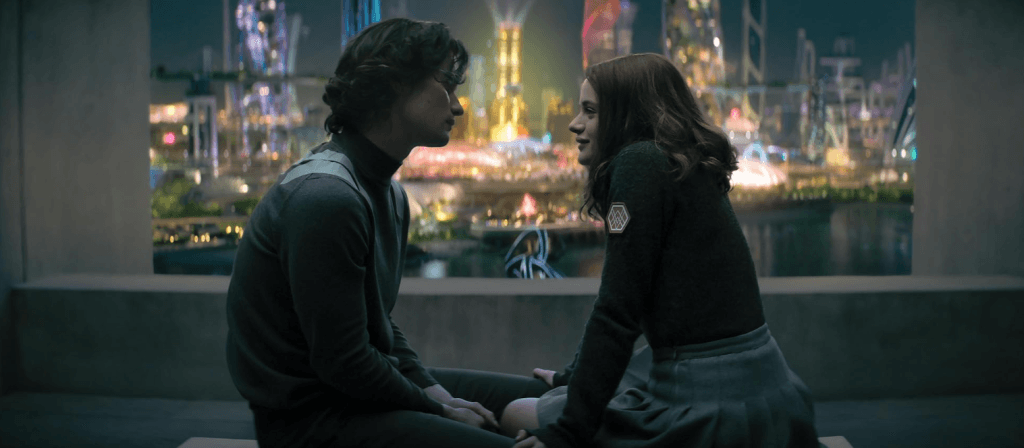
Given as a version of Westerfeld’s novel, Uglies could have provided the audience with such feelings and thoughts regarding self-identification and the standards of society. Instead, the viewers get a plot that has little cohesiveness and provides much less than is expected when great material is used for adaptation.
Uglies should be significant as an illustration of how Coulter and other authors do not have to present themselves well in films nowadays, as the audience who is expecting a thorough examination of those problems within a good story may find it lacking. As we proceed with the attempts to discuss the topic of beauty and identity in the context of such or another visual culture, it is necessary for the filmmakers to take the problem closer and depict it or represent it as authentically as it is possible, which is regrettably being ignored in the case of the motion picture under consideration.
About the author(s)
Ainee Ilyas is a writer and researcher with a strong foundation in law and human rights, specializing in the intersections of gender, social justice, and public policy. Passionate about feminist thought, her work amplifies marginalized voices and challenges conventional narratives. With experience in editorial writing, policy analysis, and rights-based research.



